Show me, tell me questions
Learn about the ‘Show me, tell me’ section of your driving test - including tips on how to practise, and why it’s important to prepare.
Download our app
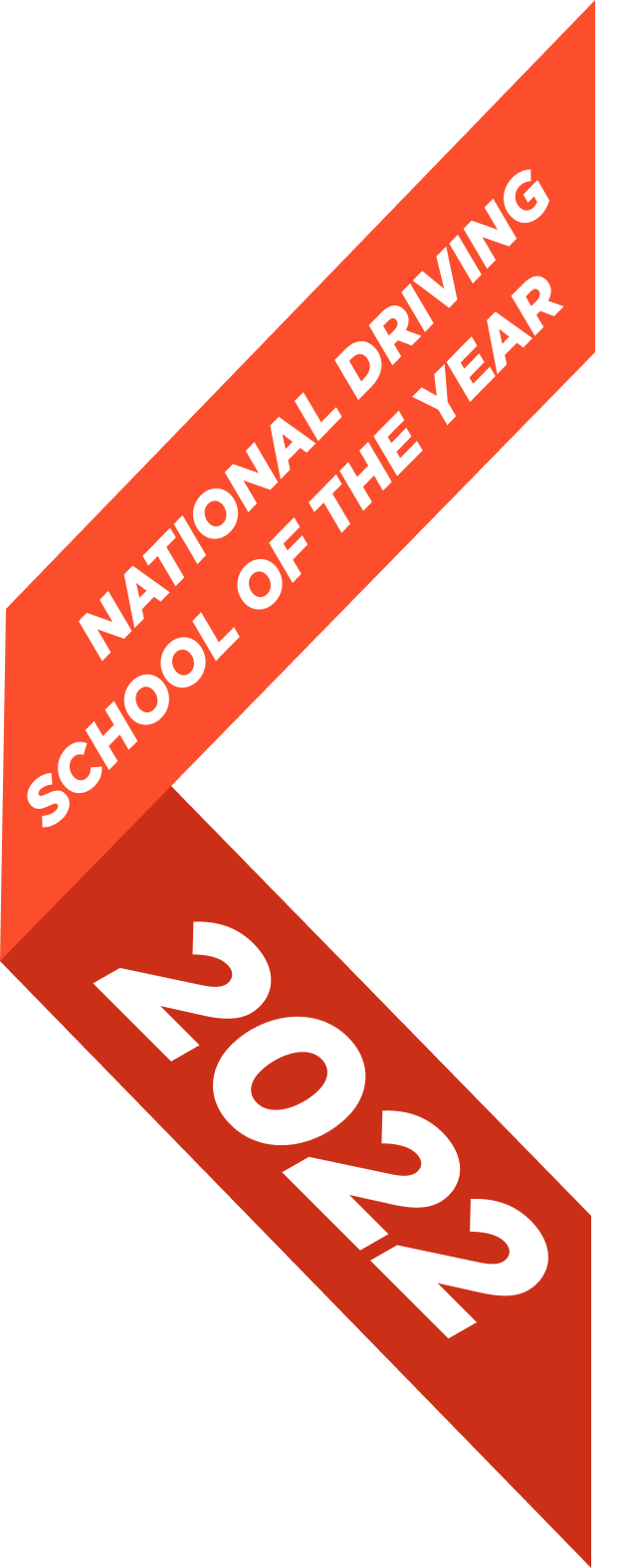

The ‘show me, tell me’ questions are two questions asked as part of your practical driving test that check if you know how to keep your car safe.
The ‘tell me’ question happens before you start driving: you’ll be asked to explain how you would do something to keep the car safe. You don’t need to do it – just say how you would. Your ‘show me’ question happens while you’re driving. You’ll need to do something simple, like turning on the headlights or using the windscreen wipers, to show you can drive safely while doing other small tasks.
Your ability to answer these questions could be key to passing your driving test, so it is important that you prepare well.
At the very start of your driving test, your examiner will ask you one ‘tell me’ question. You’ll be expected to explain how you’d carry out a basic safety check on your car.
If you get it wrong, you’ll receive a driving fault (minor error). One minor won’t cause you to fail, but remember, 15 minors in total will. This could add up if you make other mistakes during the test.
There are 14 possible ‘tell me’ questions set by the DVSA, outlined below along with their answers. But don’t just memorise them, make sure you actually understand them, as they’re things you should know to help keep yourself, your passengers, and everyone else on the road safe.
A: You’d press the brake pedal gently to make sure it feels firm, ‘not spongy or slack’ according to the DVSA. The car shouldn’t pull to one side when you brake.
A: You can find the correct pressures in the manufacturer’s guide. Use a reliable pressure gauge to check and adjust the tyres when they’re cold (before you start driving).. Don’t forget to check all four tyres, plus the spare if you have one, and replace the valve caps properly afterwards.
A: You should make sure that the rigid part of the head restraint is at least as high as your eyes or the top of your ears, and as close to the back of your head as possible. Some head restraints aren’t adjustable, but don’t worry, your instructor will tell you if yours is fixed.
A: Check for no cuts or bulges. And, make sure the tread depth is at least 1.6mm across the central three-quarters of the tyre, all the way around.
A: You’d turn on the light switch (ignition might need to be on), then explain you’d walk around the car to check the lights. Or, if you’re parked near another car, check in the rear mirrors and reflection in front.
A: A warning light would come on the dashboard.
A: Turn on the indicators or hazard warning lights (with ignition on if needed), and explain that you’d walk around the vehicle to make sure they’re flashing.
A: Press the brake pedal and use reflections in windows or doors to see if they light up. Or, ask someone to help check for you.
A: If the steering feels heavy, the system might not be working. To check, you can do one of two things: Apply gentle pressure to the wheel while starting the engine. This should make the steering wheel move slightly as the system activates. Or, turn the steering wheel just after moving off. If it’s working, it should feel light and easy to turn.
A: Turn on dipped headlights and ignition if needed, then switch on the fog lights. A warning light will show when they’re on. You should use them only when you can’t see 100 metres ahead.
A: Turn on the ignition (if needed), switch to main beam, and look for the main beam warning light on the dashboard.
For the last three questions, you’ll need to open your car’s bonnet. Don’t worry – you won’t be driving for these. You’ll just need to point to a few parts and explain what they do, that’s why they’re not part of the ‘show me’ question.
A: Point out the dipstick or oil level indicator, and explain that you’d check that the oil level is between the minimum and maximum markers.
A: Open the bonnet and point out the high and low markings on the side of the coolant tank. Explain that if it was lower than the minimum, you’d top it up until it’s at an appropriate level between the high and low (sometimes ‘min or ‘max’)
Open the bonnet and point out the reservoir – usually on the right hand side of the engine – and explain that you’d check that the level is between the high and low markings.
The ‘show me’ question happens during the driving part of your test. Your examiner will ask you to demonstrate one simple vehicle control that you’d do in real life while driving.
It’s important that you do this safely, as performing this task in a way that makes your driving dangerous could result in a serious or dangerous fault – which would mean an immediate fail. Don’t worry though, your examiner will wait until it’s safe before asking you a ‘show me’ question, and according to the DVSA they’ll say “When it’s safe to do so” first.
Here are the 7 possible ‘show me’ tasks you might be asked from the DVSA website:
Operate the control that sprays and wipes the back window (usually a twist or push on the wiper stalk).
Use the front windscreen washer. This is often a pull/push action on the wiper stalk.
Turn the headlight dial or switch to the dipped setting (your instructor will have shown you where it is).
Press the rear demister button on the dashboard (usually has a symbol that looks like a window with wavy lines).
Give the horn a quick press—usually on the steering wheel.
Turn on the fan and increase the temperature in the car to direct warm air to the front windscreen.
Use the window switch (usually on the driver’s door) to lower and raise the window.
How to prepare for your ‘show me, tell me’ questions
You should prepare for both the ‘show me’ and ‘tell me’ by getting familiar with all the questions that could be asked on the day. You should practice answering them with your instructor to practice in a test environment: this will help you answer comfortably on the day. Also, especially for the ‘show me’ questions, you should make sure you’re comfortable applying your understanding while driving.
The Learn to Drive with RED app has practical driving and test tips to help you get to grips with the questions that could be asked and helpful guidance for your test. You can also track your progress with the learner checklist to make sure you’ve covered all the other areas in your test.
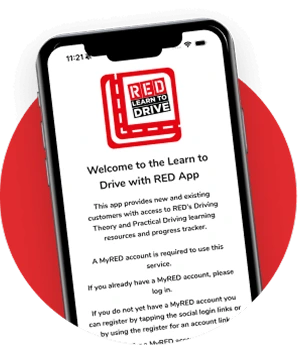
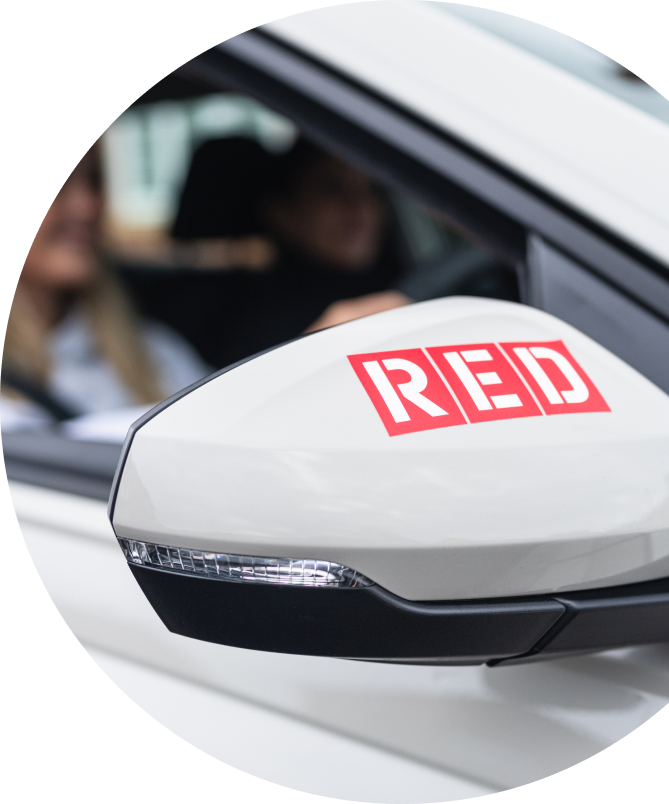
No, you won’t fail your test if you answer these questions incorrectly. Answering one or both of these questions wrong could result in a minor (one driving fault). However, it is worth remembering that if you have 14 other minors during the course of your test, this would mean you fail.
But more likely, if you answer the ‘show me’ question in a way that makes your driving dangerous or potentially dangerous, you will receive a major driving fault and fail the driving test. So, it’s important you don’t just know the answers, but how to apply and answer them safely.
Your examiner can ask you any of the questions listed on the DVSA website that are outlined in this guide.. No one question is more likely to come up than any other, so you should know how to answer all 7 of the ‘show me’ questions, and all 14 of the ‘tell me’ questions.
Whether it’s you, your friends in the car, or people walking nearby, being a safe driver helps keep everyone protected. If someone’s driving carelessly, it puts everyone at risk, so it’s really important that drivers understand how to stay safe on the road
The ‘show me, tell me’ questions help you to understand how your car works and what to do in real situations. And when you know what you’re doing, you’ll feel more confident behind the wheel, keeping you calm and making driving more enjoyable. If you don’t feel confident behind the wheel yet, maybe you should book more driving lessons.
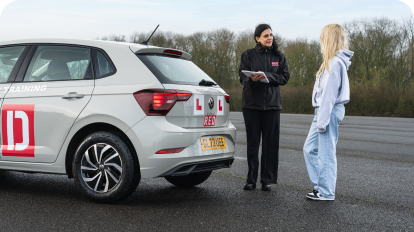
The cornerstone of learning to drive efficiently is being able to monitor and track your progress to test success, and our new app, Learn To Drive With RED, puts learning to drive in the palm of your hand.
Find out more
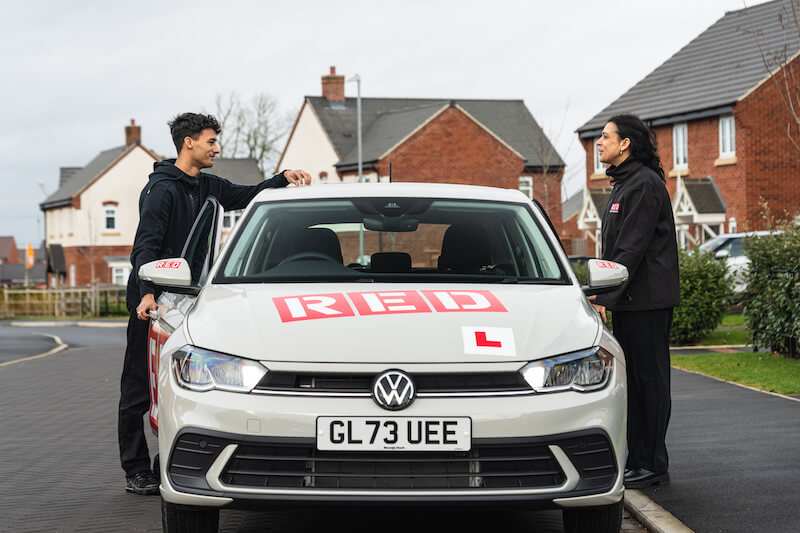
Everything you need to know about the Driving Theory Test and the best ways to practise and pass. Start studying today and pass with confidence!
Read more
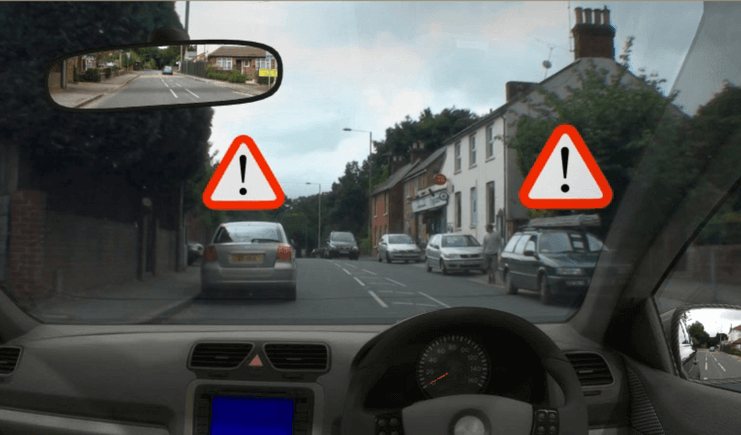
The Hazard Perception Test is crucial to the overall driving theory test, as it is designed to test a candidate's ability to spot and respond to potential hazards while driving. Find out more and start practising today!
Learn more